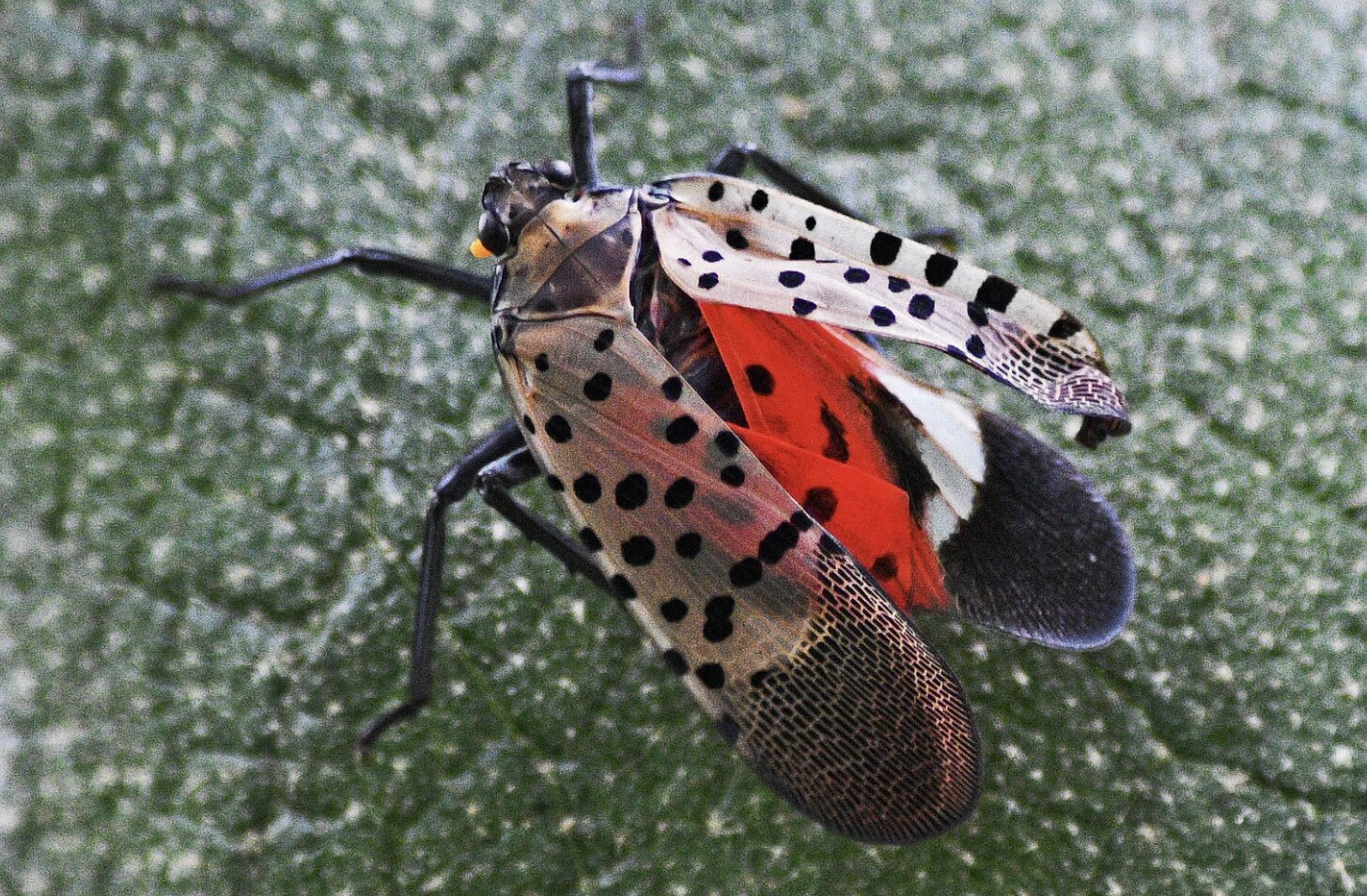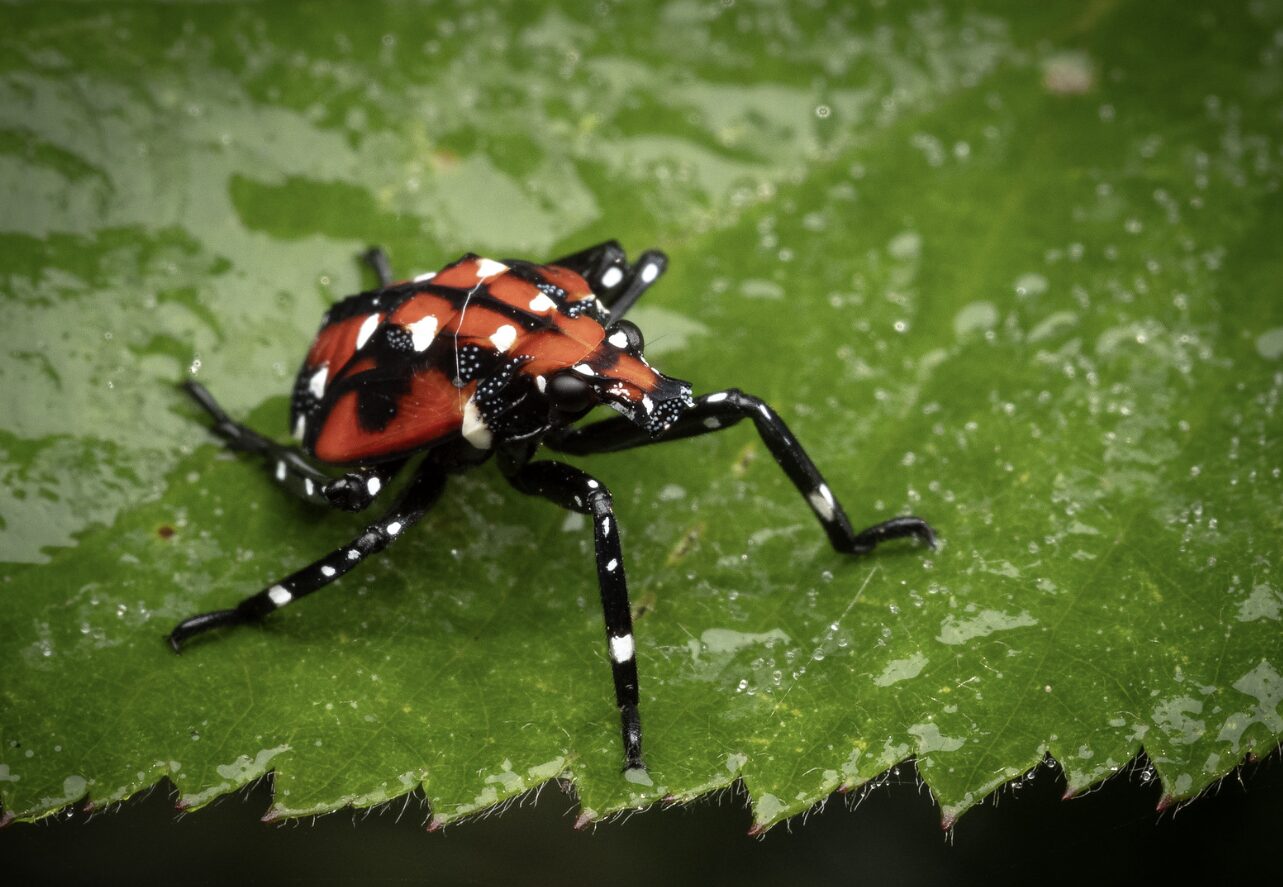I’ve never been fond of bugs. Sure, some insects are fascinating and even beautiful, but others can give you the creeps—or worse, wreak havoc on your garden and the environment. Most of the time, I try to leave bugs alone, letting them go about their business. But when it comes to the lanternfly, also known as Lycorma delicatula, the situation changes entirely. This is one bug you need to deal with immediately if you spot it, and I’ll tell you why.
What Is a Lanternfly?

Despite its somewhat enchanting name, the lanternfly is far from benign. This pest originally hails from China and made its first appearance in the United States in Pennsylvania back in 2014. Since then, it has spread rapidly across several states, causing significant damage to crops, trees, and plants. While it’s a nightmare for commercial farmers, the lanternfly is also a major headache for backyard gardeners like myself.
The Damage They Cause
Lanternflies feed by sucking the sap from a wide variety of plants and trees. This feeding process weakens the plant, making it more susceptible to disease and other pests. But that’s not all—the lanternfly excretes a sticky, sugary substance known as honeydew. This honeydew encourages the growth of sooty mold, a black fungus that can cover leaves and inhibit photosynthesis, essentially choking the plant. In my own backyard, I watched as once vibrant trees turned dull and lifeless, their leaves blackened by the mold.
Appearance of the Lanternfly
Identifying a lanternfly is crucial if you want to protect your plants. Adult lanternflies are about an inch long and half an inch wide. They have a distinctive appearance, with gray wings dotted with black spots. When they take flight, their bright red and black underwings flash vividly, making them easy to spot. The juveniles, or nymphs, start off black with white spots and gradually turn red as they mature. Despite their striking appearance, these insects are nothing but trouble.
The Lanternfly’s Destructive Feeding Process
The lanternfly’s feeding habits are particularly harmful. They use a needle-like mouthpart to pierce the plant and suck out its sap. This method of feeding directly taps into the plant’s nutrient channels, draining its life force more efficiently than many other pests. Watching them in action is both fascinating and horrifying as you realize the damage they’re inflicting on your beloved plants.
First Sightings in the U.S.
As mentioned earlier, the lanternfly was first detected in Pennsylvania, likely arriving via a shipment from Asia. Since then, this invasive species has spread primarily along the East Coast but is gradually expanding its range as it finds new suitable climates and host plants. The lanternfly has become a significant problem, and its presence is now being reported in more states each year.
What to Do If You See a Lanternfly?

If you spot a lanternfly, the best course of action is to eliminate it immediately. I know this might seem harsh, especially if you’re someone who prefers to coexist peacefully with nature. However, given the severe damage these insects can cause, controlling their population is crucial. Squashing the adults and nymphs directly is a simple but effective method.
Destroying Lanternfly Eggs
One of the most efficient ways to manage the lanternfly population is by destroying their eggs before they hatch. Lanternfly eggs are laid in masses that look like smears of gray mud. You’ll often find them on smooth surfaces like tree bark, stones, or even outdoor furniture. If you find an egg mass, scrape it off into a bag filled with alcohol or hand sanitizer, which will kill the eggs. This might seem like an unpleasant task, but it’s a necessary one to protect your plants and the broader environment.
Taking Action to Protect Your Environment

Dealing with lanternflies has been a learning experience for me. It’s taught me that sometimes, taking aggressive measures against certain pests is necessary to protect the environment as a whole. If you spot a lanternfly, remember the extensive damage they can cause and take immediate action. It’s a small step, but it can make a big difference in protecting the trees and plants in your area—and in preventing the lanternfly from spreading to new regions.
By staying vigilant and taking these steps, we can all do our part to manage this invasive species and protect our gardens and ecosystems. After all, keeping our environments healthy and thriving is a responsibility we all share.


